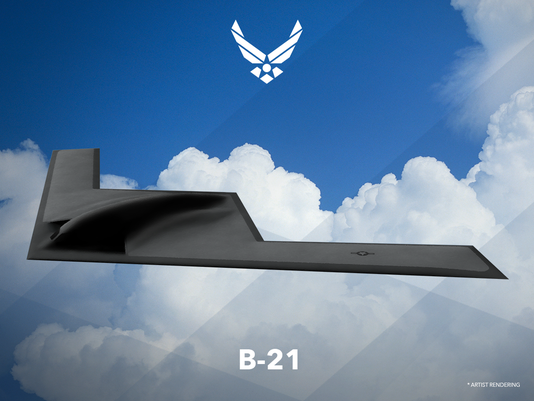Jura The idiot
General
very interesting:
Former Navy Secretary to Brass: Stop Focusing on 300-Ship Fleet
Former Navy Secretary to Brass: Stop Focusing on 300-Ship Fleet
source:Much of the discussion these days about the proper size of the centers on numbers and types of vessels within a 300-ship fleet: Should the sea service have 38 or 50 amphibious ships? Should it have 40 or 52 ?
But a former secretary of the Navy says the focus on a 300-ship fleet only obscures more accurate measures of capability and presence.
Speaking at the AFCEA West Conference in San Diego last week, Sean O'Keefe, who served in the office under President George H.W. Bush from 1992-1993, said Congress and Navy brass were becoming too focused on the total number of ships in the fleet when they should be taking other factors into account. The service's current strategy will build to more than 300 ships by the end of the decade, up from 272 today.
"The resignation of one of my predecessors, Jim Webb, was prompted at what he thought was the outrage of falling below the 600-ship Navy," O'Keefe said. "You look back on it as if it was the seminal moment of some strategic shift and it wasn't. It was less a statement of capability and more of just a marker on the wall of what's a measure of merit."
Webb wasn't immediately available for comment.
O'Keefe, who later served as the administrator of NASA from 2000-2004 and as CEO of EADS North America / Airbus Group North American Unit from 2009-2014, said capability and capacity is more than a number of deployable ships.
The ongoing war over numbers only fed a "tyranny of incrementalism" that had little benefit to the Navy, he told Military.com at the conference.
"It assumes that there is a constancy in which that is the measure of merit and it isn't. That was a very different period of time," he said. "How do you go about the process of measuring capability and the capacity to project force ... And we haven't come up with a metric yet of how you actually measure [those things.] That's the challenge."
While a metric that would accurately predict capability is more complex and harder to determine, O'Keefe said, he suggested development of such a tool was not far off.
"I think it's starting to gel, trying to figure out exactly what you do to figure out what is the exponential capacity or capability you get out of certain enhancements," he said. "And the more we get into that, the more we're going to get the answer to that question with greater precision. That can be then communicated in an elevator speech in the same way as whole numbers."
O'Keefe said it was "hard to be optimistic about transcendence" given the nature of today's political debate with the candidates' dogmatic rhetoric and talking points. But, he said, in the near future there would be opportunities to change the conversation.
A year from now, someone's going to be there [in the White House]," he said. "And some administration is going to have the opportunity to be thinking differently about these problems."





